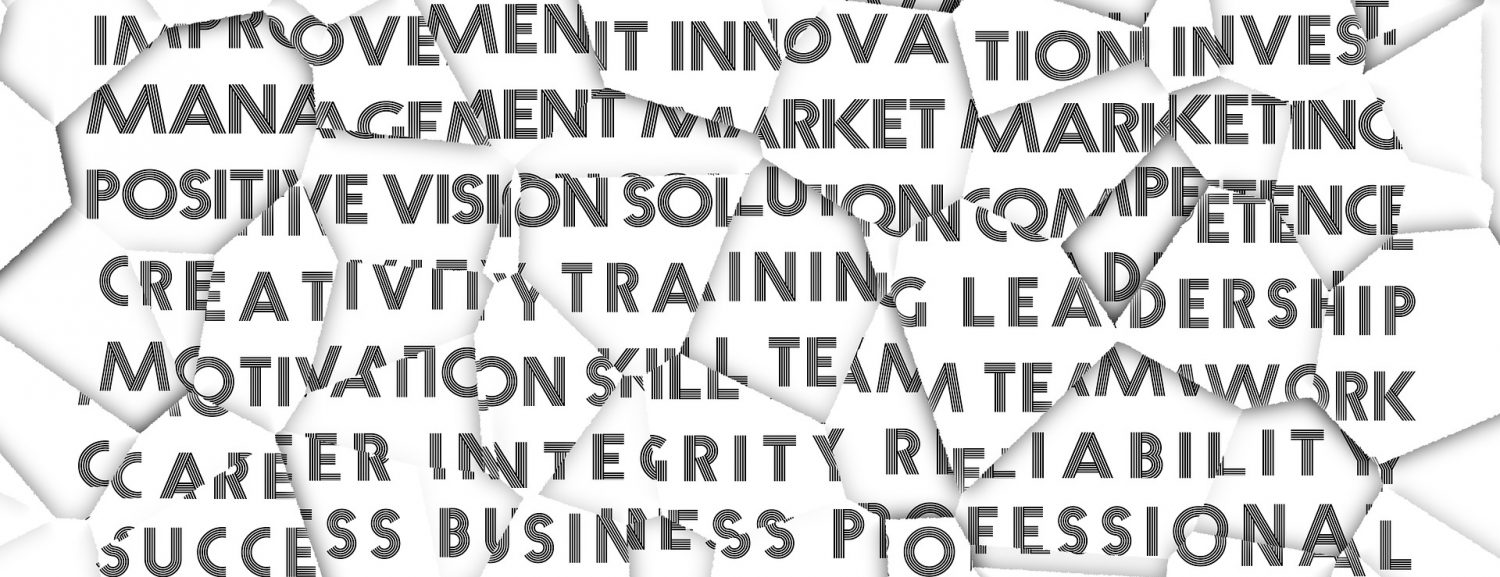Post 6- Organizational Culture #2
For this post, I will focus on organizational culture but from the lens of a student trying to understand if the culture matches for them while my prior post focused on formal initiatives done by the firm to have a positive work culture. I wanted to discuss organizational culture again because it was I was heavily considering and evaluating during my last two weeks of the internship.
In order to better understand the firm’s culture, I scheduled several networking calls with a variety of positions from consultant level to partner level. These conversations were truly eye-opening for a number of reasons. Foremost, everyone’s receptiveness and excitement to talk to me. Everyone, including the partners, quickly responded to me and made sure I could get time on their calendar and were fully engaged during our conversations. This alone was something I appreciated because at bigger firms like MBB and Big 4 consulting, I would not have that facetime with a partner that I have no relation to (i.e not the leader on my client engagement). Those larger firms have 100k+ professionals and it is easy to get lost, seen as a number, and not establish your brand well. While on the contrary, Guidehouse is a midsize firm just reaching 10k professionals this year. I do feel that there are opportunities to make personal and professional relationships within your practice and people are excited to do so.
A question I asked many people in my networking calls is “Why Guidehouse?”. There was a strong sentiment and theme amongst everyone’s answers: the people. The people being their teams and segment leaders that cultivate spaces to learn, grow, and perform well while having a strong work-life balance. I think as individuals about to graduate college, we need to decide personally what work-life balance we want to have. Industries like investment banking are notorious for 90-100 hour work weeks for entry-level analysts. Recently, Goldman Sachs announced they were raising starting salaries across the firm to “help” combat this. I personally find that throwing more money at the issue isn’t going to solve it and this is where firms need to step in with wellness and health opportunites and programming. I don’t think Guidehouse has a “strong” wellness program compared to tech firms like FAANG, but I believe a reason for this is because there is already an expectation that the work-life balance is very good and manageable. People are happy to be working 40-50 hours a week consistently with an occasional week or two per year ranking ~60 hours because of a pressing deadline or deliverable. The director on my team always iterates people to take advantage of the unlimited PTO because “work isn’t life”.
Something important to me as a young woman of color going into a white male-dominated corporate industry was to make sure diversity was a true initiative of the firm and there was the diversity of both race and gender. This is something I think Guidehouse is taking seriously, proven with the new Chief of Diversity Officer and its inclusive networks. I was able to attend an intern diversity panel event by Dom, the new CDO, and she shared stories of what it meant to be a black woman working in corporate America and support she found which I thought was very insightful. I would describe Guidehouse’s Payer-Provider practice as a 60/40 split between males and females. Of 40% of those females, 50% are in a Managing Consultant to a Partner role. I found this to be exciting because there are women leaders both in a consultant role but up to directors and partners that I can connect with.
Healthcare is a women-dominated industry, ~75% of employees, and women-consumer dominated, 80% of consumers, yet the majority of C-suite leaders and top healthcare executives are white males. With the 3 largest pharmacy retailers’ CEO being women, CVS + Walgreens + RiteAid, I am hoping this will be a continued trajectory of women leaders emerging.
